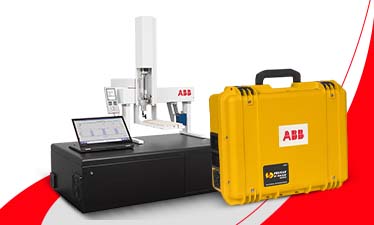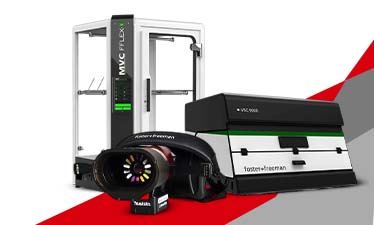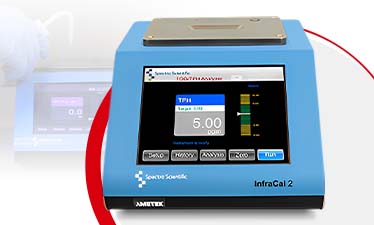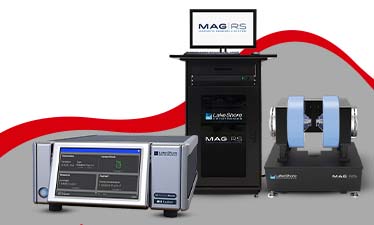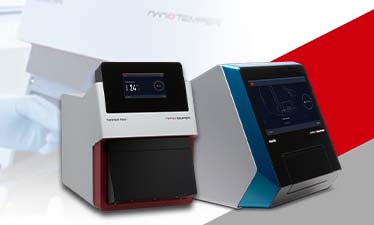Fingerprint & Fingerprint Analysis – Everything You Need to Know
Fingerprints play a vital role in criminal investigations. The process of collecting and examining fingermark evidence first came into existence during the 1800’s and it is said that during the First World War the fingerprint collection process was done.
Ever since then fingerprints are a major source of evidence in a crime event and are collected by the forensics experts for identifying individuals and recreating the truth of events. But fingerprints and the process of fingerprint analysis isn’t as simple as they sound to be.
To know more about fingerprints and the fingerprint analysis, keep reading till the end.
Where can Fingerprints be found?
Fingerprints are essentially found on any solid surface, even on the human body. According to the surface type where they are found, the fingerprint analysts have classified fingerprints into three categories and they are –
Fingerprints on soft surfaces – The fingerprints found on soft surfaces such as wax, soap, wet paint, etc are likely to be plastic prints that are three-dimensional in nature. Whereas, fingerprints that are found on hard surfaces are either latent (invisible) or patent (visible) prints.
The latent prints are formed due to the body's sweat and natural oils of the skin are settled on another hard surface. These prints can be found on different hard surfaces – smooth or rough, porous or non-porous; however, they aren’t visible readily and its identification needs additional fingerprint detection tools such as chemical reagents, fingerprint powders and alternative light sources.
Patent prints are also found on a variety of hard surfaces and are formed with blood, ink, dirt, paint, etc. transferred to the hard surface. These types of fingerprints are visible easily.
Fingerprint Collection Processes Involved
While the Patent Fingerprints collection method is pretty straightforward which involves photography. The photographs are taken in a high-resolution quality for such fingerprints.
The fingerprint analysts often use alternate light sources or low-angle to improve the quality of fingerprint images taken. However, fingerprint collection for Latent Fingerprints involve a variety of methods depending on the nature of these prints.
Some of the common methods include using fingerprint powder onto a porous or smooth surface where there’s potential of finding fingerprints. But fingerprint powders can often contaminate the evidence and the quality of fingerprint analysis may not be satisfactory.
Alternate Light Source for Latent Fingerprints Collection
Alternate light sources (ALS) are increasingly being used by fingerprints analysts in likely surfaces from where the fingerprints can be retrieved. These light sources are LED devices that produce a particular spectrum or wavelength of light.
Crime-lite Imager for Improved Fingerprint Collection & Enhancement
However, the ALS system has been further improved and the Crime-lite Imager is a semi-automated system that helps in collecting and enhancing the fingerprints. This system is equipped with new and improved Phosphorescent Imaging Mode that enables multi-wavelength pulsed light sources and illuminates the evidence.
With the combination of advanced imaging and multi-wavelength illumination, the quality of images collected is enhanced, therefore, offering optimum results for the forensics experts to work on and carry out fingerprint analysis.




